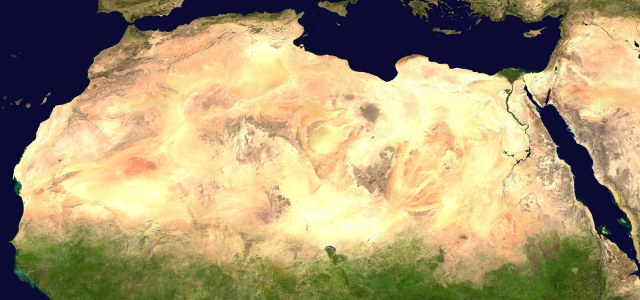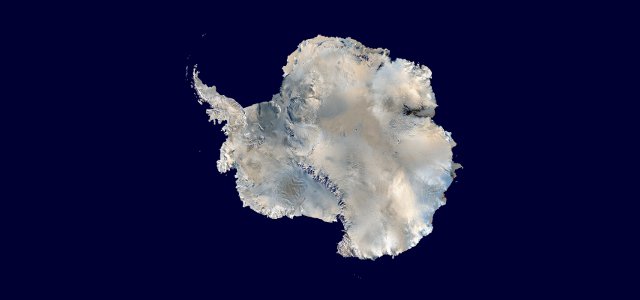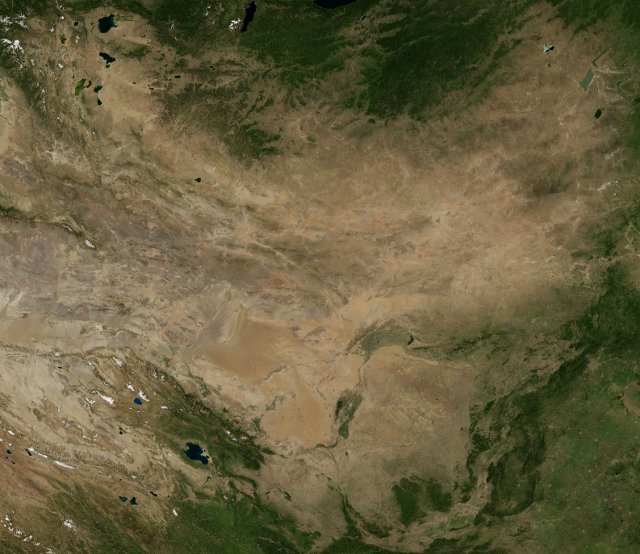A desert is defined as an area that receives a very small amount of precipitation: these areas come in three main forms.
The most recognisable type of desert is the subtropical desert, typified by the Saharan and Arabian deserts. They are the hottest deserts and any rain that does fall often evaporates before it hits the ground.
 The Sahara Desert in North Africa.
The Sahara Desert in North Africa.
The Earth has two polar deserts, the Arctic and the Antarctic. At 13.9 million square kilometres the Antarctic Desert is by far Earth’s largest, more than one and a half times the size of the next largest desert, the Sahara.
 The Antarctic Desert at the South Pole
The Antarctic Desert at the South Pole
Cold winter deserts, like the Gobi Desert in China and Mongolia, are often created by the rain shadow effect in which a tall mountain range causes warm moist air to rise and cool. As the air cools water vapour condenses out and falls as rain or snow, leaving the air dry and creating a desert on the lee (upwind) side of the mountain. For example, the Gobi Desert is created by the Himalaya Mountains; the Patagonian Desert in South America by the Andes; and the Great Basin Desert in the western United States by the Sierra Nevada.
 The Gobi Desert, north-east of the Himalaya Mountains.
The Gobi Desert, north-east of the Himalaya Mountains.